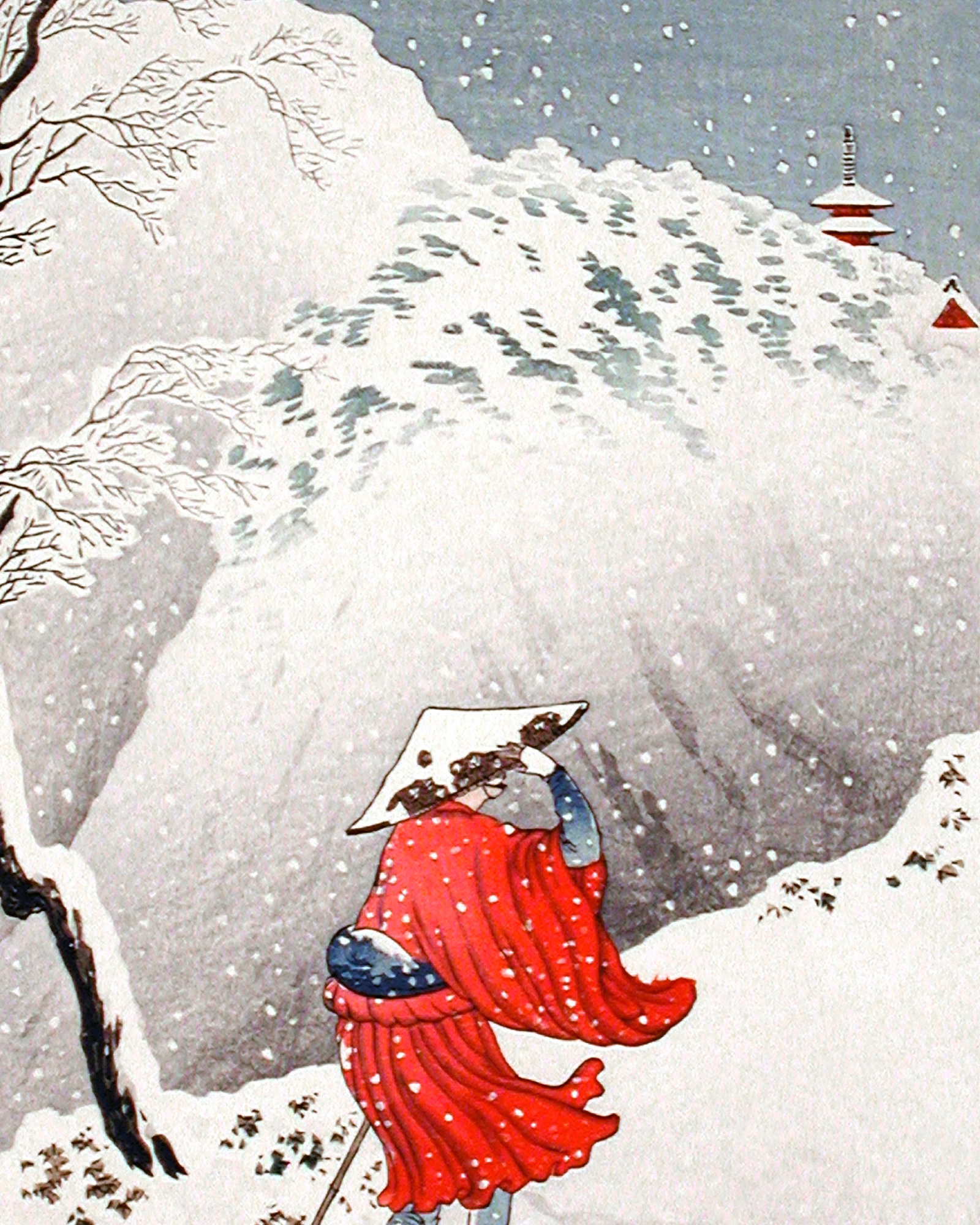Takashi Haraki: Bridging Tradition and Modernity Through Japanese Art

Takashi Haraki is a contemporary Japanese artist celebrated for his innovative approach to traditional art forms. While deeply rooted in Japan's cultural heritage, Haraki blends modern techniques and themes into his work, creating pieces that resonate across generations. His art is a testament to the harmony between tradition and progress, making him a standout figure in today’s art world.
The Artistic Vision of Takashi Haraki
Born in Kyoto, Japan’s historical center of art and culture, Haraki grew up surrounded by the beauty of traditional Japanese aesthetics. From a young age, he developed an appreciation for the elegance of ink painting, calligraphy, and textile design. However, Haraki did not limit himself to these traditional forms. Inspired by contemporary movements, he began experimenting with materials, techniques, and concepts to express modern-day concerns like technology, identity, and environmental sustainability.
Fusion of Old and New
Haraki’s art often merges traditional Japanese styles, such as sumi-e (ink wash painting), with cutting-edge mediums like digital projections and mixed media. For example, in his acclaimed series Ethereal Landscapes, Haraki combines delicate brushstrokes with augmented reality features. Viewers can scan the artwork with their phones to see animated versions of the landscapes, complete with flowing rivers and blooming sakura (cherry blossoms).
This unique approach allows Haraki to preserve the essence of Japanese art while making it accessible and engaging for modern audiences. His work is often described as a "dialogue" between the past and the present, where traditional craftsmanship meets futuristic innovation.
Themes in Haraki’s Art
Takashi Haraki’s art explores themes that are both universal and deeply personal:
Nature and Urbanization: Haraki frequently portrays the tension between Japan’s natural beauty and its rapid urban development. In his series Concrete and Clouds, he juxtaposes towering cityscapes with serene mountain ranges, emphasizing the delicate balance between progress and preservation.
Cultural Identity: As globalization influences every aspect of life, Haraki’s work often reflects on what it means to be Japanese in a changing world. His pieces celebrate traditional symbols, such as cranes and koi fish, while questioning how they fit into a modern, tech-driven society.
Ephemeral Beauty: Like many traditional Japanese artists, Haraki embraces the concept of wabi-sabi—the beauty of imperfection and transience. His use of fading colors and dissolving forms mirrors the fleeting nature of life, urging viewers to cherish each moment.
The Craft Behind the Art
One of the hallmarks of Haraki’s work is his dedication to craftsmanship. He often collaborates with artisans from Kyoto to create custom materials, such as handmade washi paper and natural dyes. These collaborations ensure that his work stays connected to Japan’s artistic traditions, even as he pushes creative boundaries.
Haraki also employs modern tools like 3D printers and digital painting software to create multilayered compositions. This blend of analog and digital techniques allows him to produce art that is rich in texture and detail, appealing to both traditionalists and modern art enthusiasts.
Global Recognition
Takashi Haraki’s ability to bridge tradition and modernity has earned him international acclaim. His works have been exhibited in prestigious galleries and museums around the world, including the Tokyo National Museum, the Museum of Modern Art (MoMA) in New York, and the Louvre in Paris.
One of his most celebrated pieces, The Infinite Crane, features a massive installation of paper cranes suspended in midair, illuminated by shifting lights. The artwork symbolizes hope, peace, and the interconnectedness of humanity, resonating with audiences globally.
A Lasting Legacy
Haraki’s influence extends beyond the art world. As an advocate for cultural preservation, he often leads workshops and lectures on the importance of sustaining traditional crafts in a modern era. He believes that art is a powerful tool for fostering understanding and unity, a philosophy that shines through in his creations.
Takashi Haraki’s art is a beautiful fusion of the past and the present. By blending traditional Japanese techniques with modern innovation, he has created a body of work that speaks to both the heart and the mind. His ability to capture the essence of Japanese culture while addressing contemporary issues makes him a vital figure in today’s art scene.
Through his creativity and vision, Haraki reminds us that art is not just about preserving history—it is also about reimagining it for the future. His work is a testament to the enduring power of Japanese art and its ability to evolve while staying true to its roots.